Daylight and health
For all of our planetʼs history, there has been night and day, driving the rhythms of life across days and seasons… until the invention of the light bulb. Now we have light whenever we want and run the risk of becoming increasingly disconnected from natural rhythms. By disrupting the body clock, the lack of daylight can affect the quality of our sleep, our mood and our productivity. It can also lead to a lack of vitamin D and a weakened immune system, and cause or exacerbate certain diseases such as myopia, depression and diabetes. Fortunately, this also means that daylight can help prevent and even treat these disorders in many cases.
Interested in contributing to this section? Please contact us at office@daylight.academy.
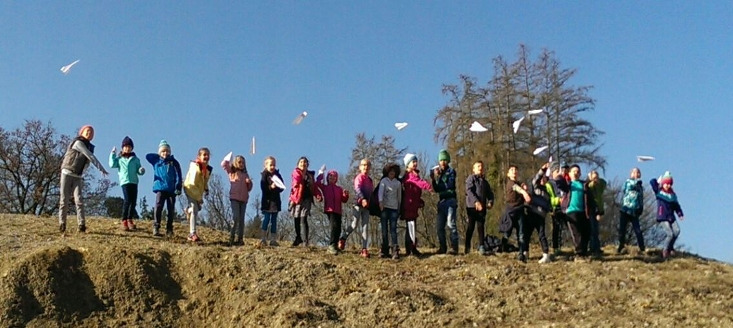
4 November 2025
Children’s Eyesight and Daylight
A child’s eyesight is a delicate and precious thing. Yet the modern world places unreasonable demands on children’s vision. Myopia, otherwise known as near-sightedness, or short-sight, has emerged as a major health problem. Currently about one-third of children and adolescents worldwide are myopic and by 2050 this may rise to 40 percent if current trends continue. Myopia is not a safe condition. Young people with myopia can suffer emotional problems. And any level of myopia, moderate...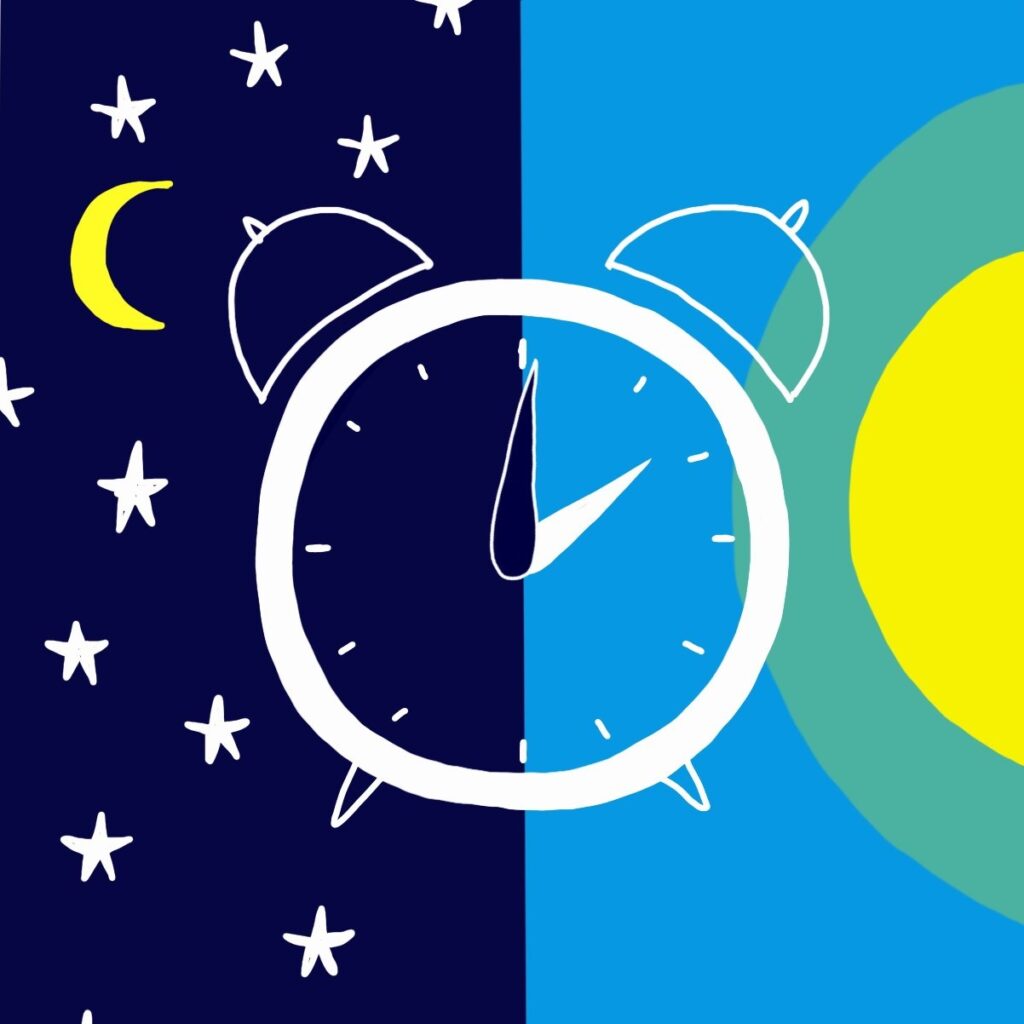
31 October 2024
Celebrating Dark Nights
We are lucky that our planet rotates. During the day, the sun’s intense radiation warms the earth and brightens our beautiful blue atmosphere. At night, in the sun’s dark shadow, the earth cools, sending its heat back out into infinite space. Because of its 24-hour rotation, no one face of the planet gets burned by unrelenting radiation, or is forever deprived of the sun’s life-giving energy. However, the extreme physical contrast between these two conditions—very bright days, and very ...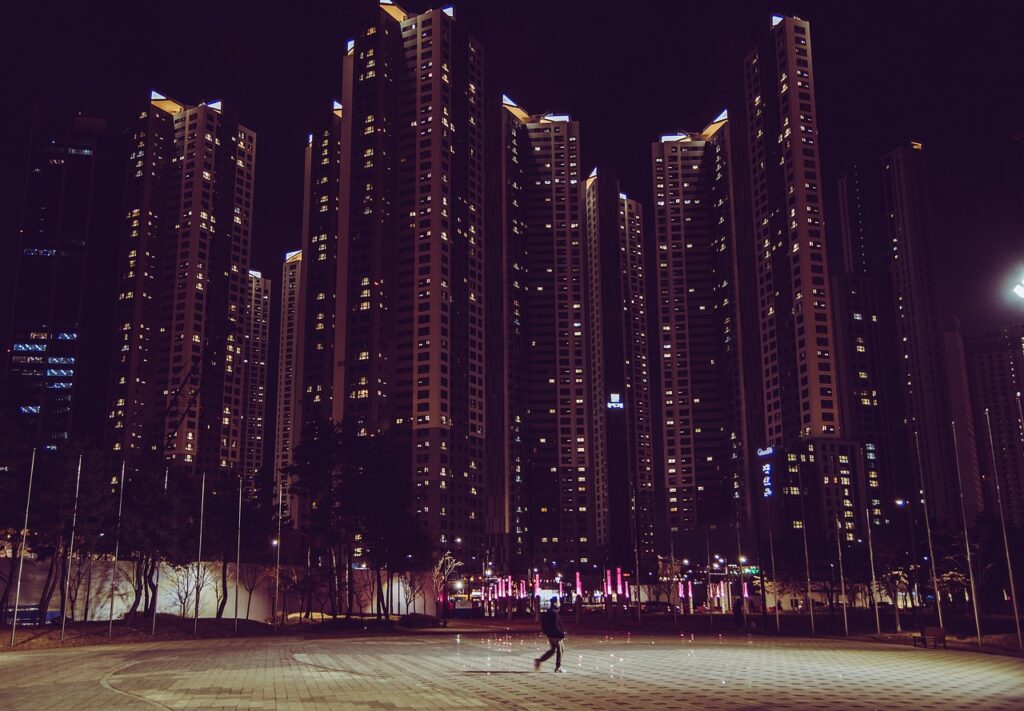
31 October 2024
A Night and Day Difference
Skylines around the world—from Denver to Delhi—are rapidly rising and densifying to accommodate growing urban populations. The efforts are well-intentioned; making cities compact can reduce energy use. Yet it can also introduce other environmental and public health problems, such as a diminished distinction between night and day.
31 October 2024
A word for darkness
I wish to speak a word for darkness, for that natural quality on which so much depends, the matching half to natural daylight, both so valuable for life. It makes sense to consider natural darkness on Halloween, a celebration that plays with our fears, because it’s our fear of the dark that often separates us from the value of natural night. Just as we take for granted the benefits of daylight, so we live in ignorance of the dark. But this can change.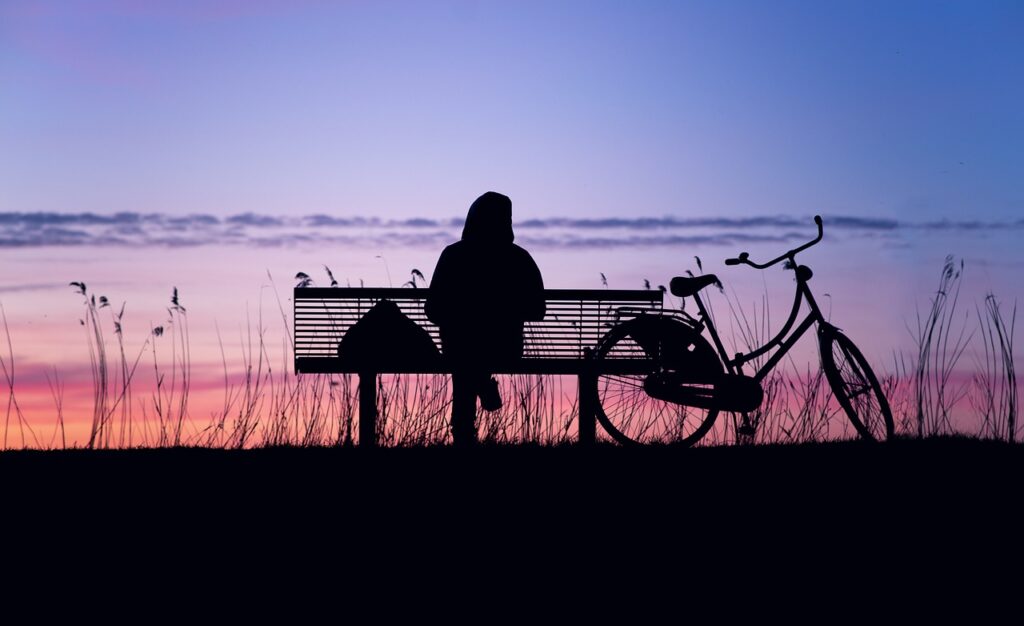
1 February 2024
How does the human biological clock respond to the colours of twilight?
Dusk and dawn are key times for biology, providing a signal to organisms that it is the end or beginning of the day. As the sun rises and sets, the spectrum of light in the environment undergoes distinct changes. Not only does the overall intensity of light decrease – there are striking changes in the colour of light changing from blue to yellow or vice versa. Human eyes are set up to detect these changes. A recently published study has now taken a close look whether calibrated changes along ...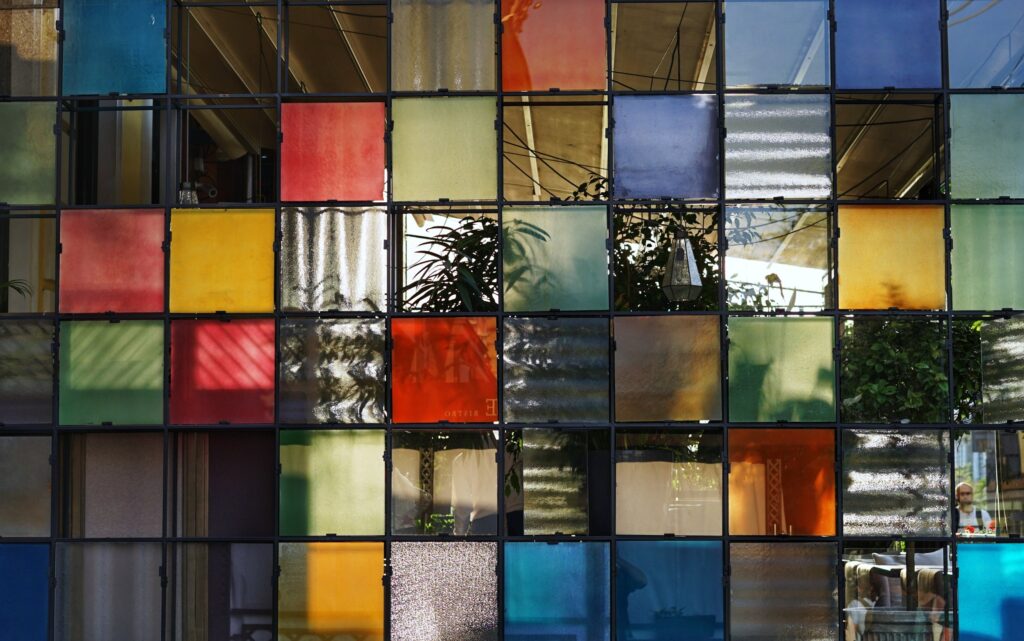
15 November 2023
Measuring and mapping the daylit world
Daylight is vital for humans, as it illuminates the world and helps us navigate, read, and appreciate visual art. Light influences us profoundly beyond vision, namely by synchronizing our circadian clock and ensuring that we run on “environment time”. Specialized light-sensing receptors in the eye capture photons and turn them into signals to tell the brain whether it is day or night.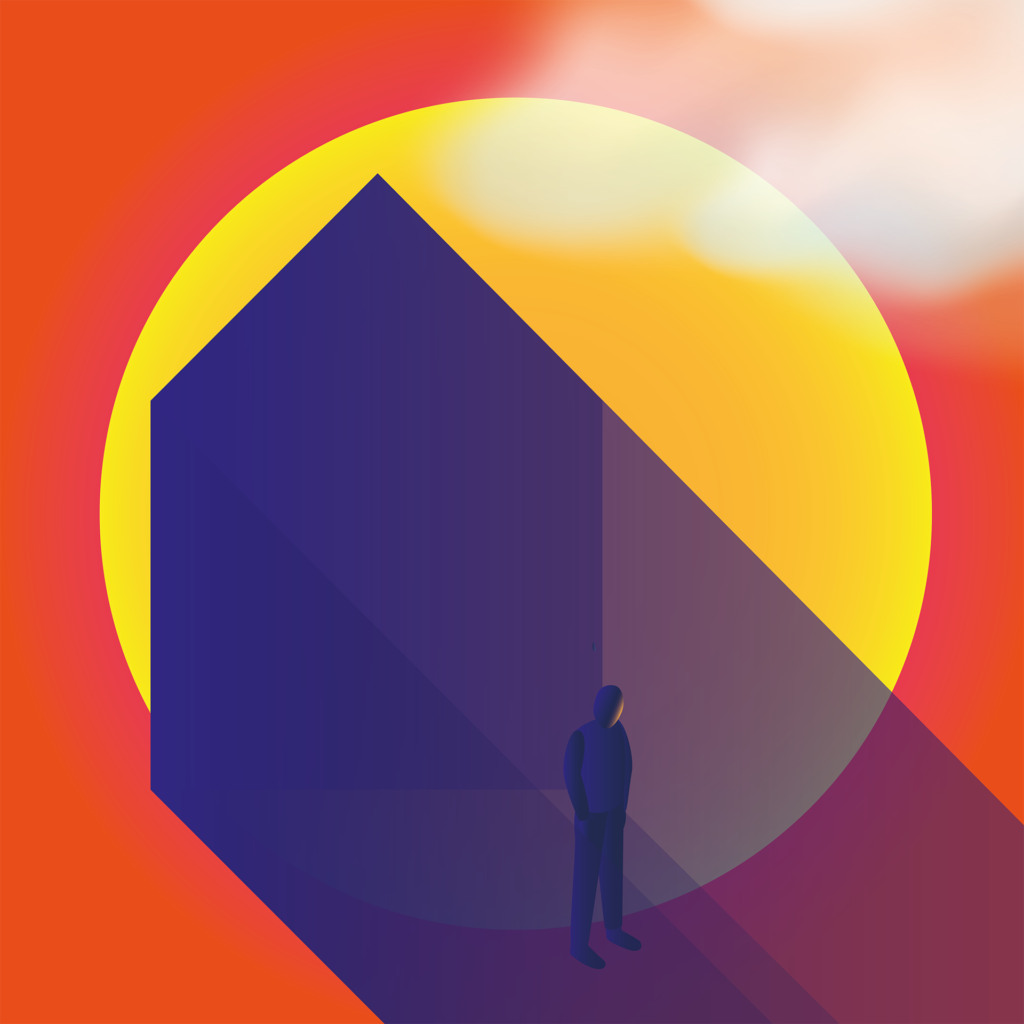
14 July 2021
9 questions on lack of daylight and illness
The Daylight Awareness Week took place online from the 25 to 27 May 2021 and was a great succes thanks to the captivating presentations and the lively exchanges with the audience. During these three days, we gained many exciting insights into multidisciplinary topics around daylight, and were given food for thought. Day 2 focused on the lack of daylight and illness. If you missed the event, you can watch it below. The audience had many exciting questions and some could already be answered ...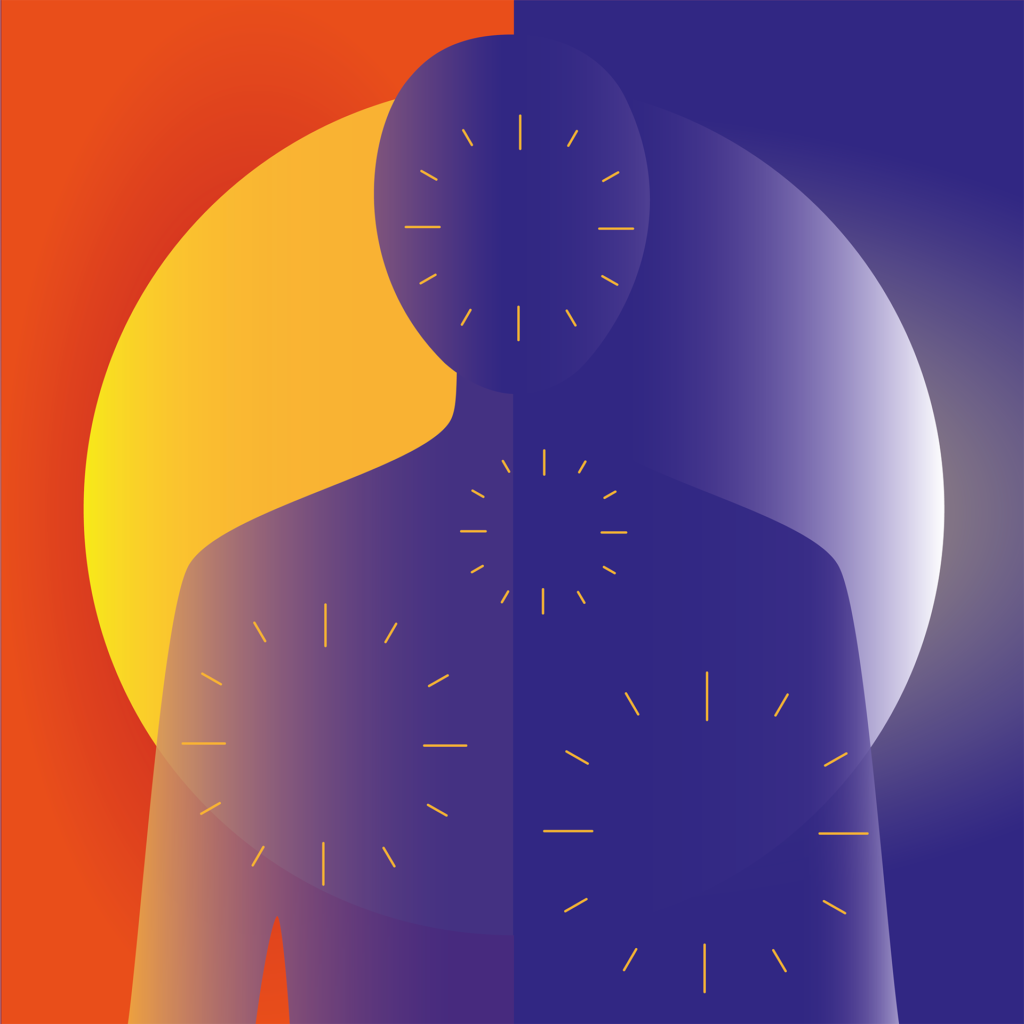
8 July 2021
15 questions on daylight and body functions
The Daylight Awareness Week took place online from the 25 to 27 May 2021 and was a great succes thanks to the captivating presentations and the lively exchanges with the audience. During these three days, we gained many exciting insights into multidisciplinary topics around daylight, and were given food for thought. Day 1 focused on the influence of daylight on the human body. If you missed the event, you can watch it below. The audience had many exciting questions and some could already be ...
22 October 2020
Good Light for vital and healthy environments
Good indoor environments contribute to health and well-being. But why is light indoors still “biological darkness”? People believe that light is good when you can see properly. No one realizes however, that light is also crucial for our bodies to function well. Worldwide, people spend more than 90% of their lives indoors, in schools, offices, factories, hospitals, care homes, shops, homes etc. In all these places the light is usually good enough to see, but it is too weak to have a positive ...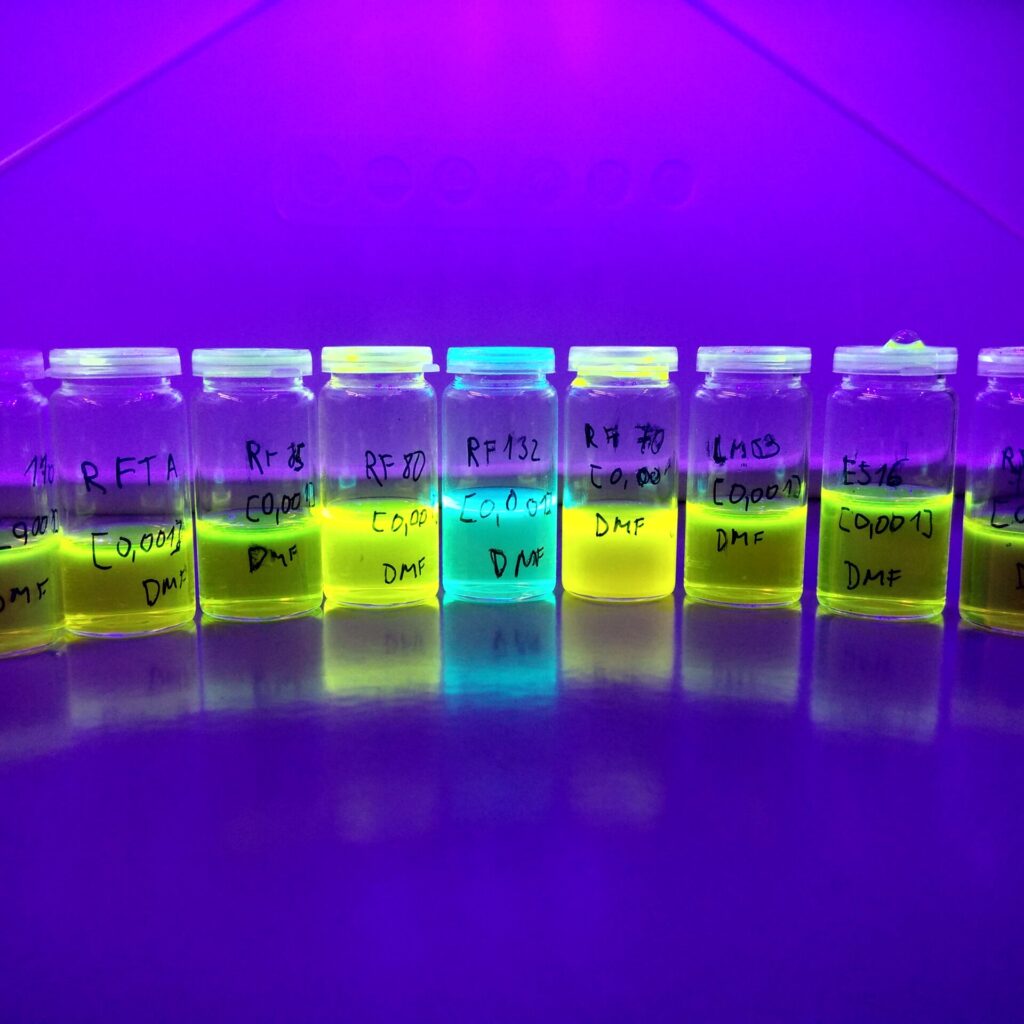
11 June 2020
Let there be light – to disinfect
Methods of disinfection and hygiene have received a lot of attention over the last months as we all became more aware how important they are to keep us healthy and protect against disease spreading. When talking about antiviral or antibacterial disinfection the first treatments that come to mind are soap, aqueous solutions of alcohols and aqueous solutions containing strongly oxidizing compounds, like peroxides, hypochlorites or chlorine. All of them are effective by different modes of operation...
2 June 2020